.jpg)
This is the fifth part in a complete series on raising chickens! In this chapter we'll continue talking about baby chicks and what you should know before bringing them home.
You can find earlier chapters in this series here:
The Homesteaders Handbook: Raising Chickens Part 2 - Breeds, hybrid vs heritage and more
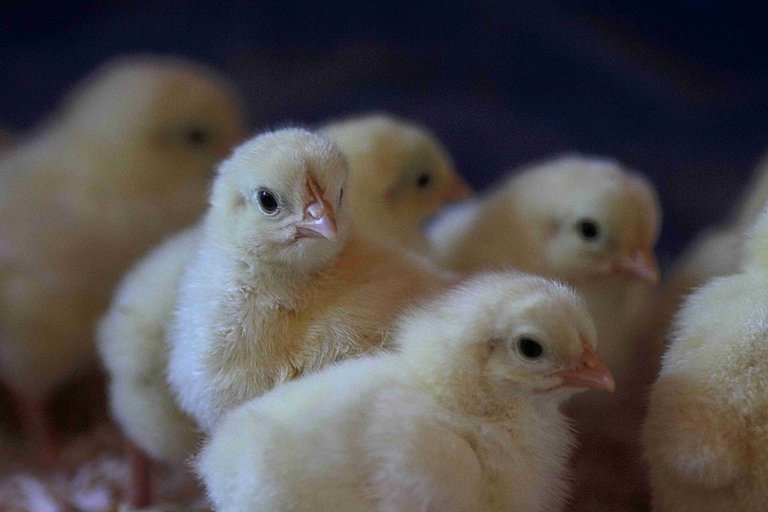
When you bring your chicks home, they are fragile little things. It is up to you to provide them with a quiet, warm, draft free and secure environment. They don't need anything fancy for housing at this stage and they are too little to go into the coop.
With the absence of a mother hen to show them how to eat and drink you need to be attentive to the chicks. Depending on their age you may need to show them how to find water by dipping their beaks into the water dish and you may also need to show them how to eat. Keep an eye on the chicks, watch for lethargy, build up around their bum and injury.
These tiny fluff balls grow quickly and it's important to make sure that you don't have them over crowded. Sometimes you will need to build a larger brooder box to accommodate them after they are a few weeks old and much bigger and more active. They need to be kept under your watchful eye until they have feathered out and can be moved into the coop. Daily outings when its warm and sunny provide them with stimulation, prevent boredom and help them acclimate to experiencing varying temperatures.
One thing that really surprised me about chicks is not exactly pleasant but you might as well know. Their natural instincts and the rule of: survival of the fittest, is quite a serious matter, even to week old chicks. The need to be part of the flock is also a very strong instinct.
We learned the hard way of course. We woke up one morning to find a bloodied and pecked baby chick. The others had pecked it to the point of serious injury. Perhaps it had a limp, or was sickly. We don't really know and had not noticed any problems. It was quite shocking to realize that these tiny sweet babies would do this to one of their own. It was an abrupt lesson into the world of keeping chickens and I never quite looked at them the same way again.
Our efforts to save the little chick were futile. The really crushing thing is that this chick just wanted to be with the others. It was so sad and lonely. We tried putting the chick with one of the others for comfort but that chick immediately attacked. It was pretty horrible. We kept it snuggled and warm but we were unable to rescue it. I cried and buried it under the rose bushes.
Brooder Box
This is a box that the babies will live in for the first few weeks of their life. A plastic kiddie pool, a large tote with a mesh lid a sturdy large cardboard box, something secure that they will not fall out of. You will want 2-3 square feet per chick and walls should be around 18 inches high at minimum. Line to bottom of your brooder with paper towel and sprinkle wood shavings on top of this. Keep the brooder box clean and change the shavings frequently. At this age they are quite prone to diseases which I will mention later in this article.
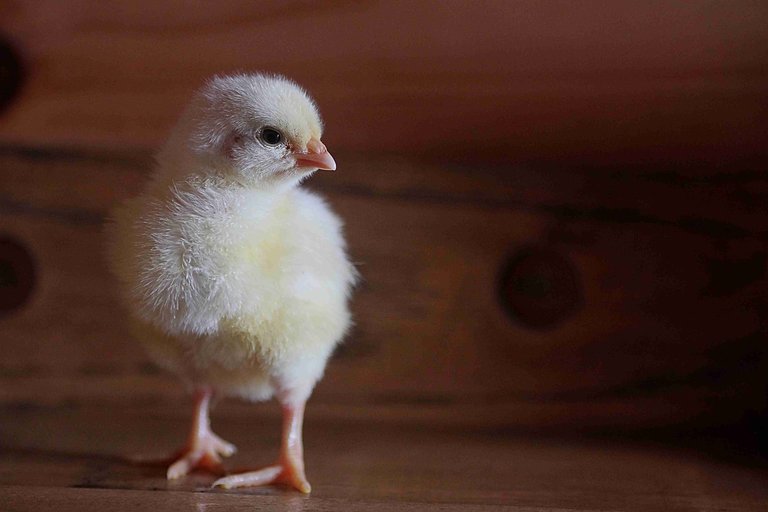
Water
You will needed waters and it is recommended that you add pebbles around the rim of the water basin so if a chick falls in they will not drown. Keep them filled with fresh clean water at all times. Take special care to dip the beak of each chick to show them where the water is and be sure to watch over them to make sure they have all figured out how to drink.
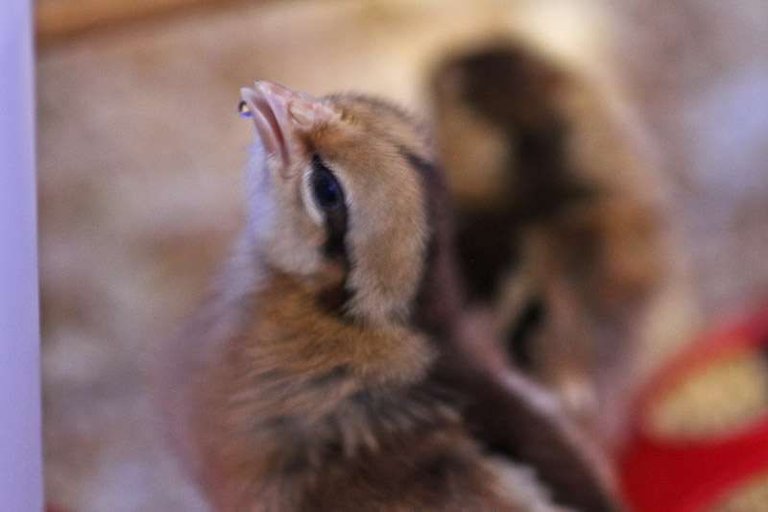
Feeder
You will want a smaller feeder designed specially for chicks. They are really inexpensive. The chicks will walk on and poop on their food so empty and replace the food frequently and as they grow lift it off the ground at bit so that they can reach food but no longer walk in it.
Food
You will want to talk to your local feed store to find out about your feed options, pricing and availability.
Chicks start out with a food made specially for them and it comes in medicated and non medicated options. Certified Organic feed is non medicated.
NOTE: If you have your chicks vaccinated do NOT feed them medicated, it will nullify the vaccination.
At 8-10 weeks old you will switch them to a grower formula so don't buy too much of the starter. You can feed chicks small treats but be sure to give them access to grit as well which they will take freely if they need it. It helps them digest food.
Heater
Chicks need to be kept warm until they are fully feathered which takes about a month. You are going to want to keep a heater designed specially for chicks in one corner of the brooder. They will pile under there and snuggle up to sleep and rest or to keep warm. There are quite a few types available but I highly recommend the new safer versions that will not cause fires or pose any danger. It also takes away the guesswork as to whether your chicks are too hot or cold. We feel strongly that the Brinsea EcoGlow is the safest and best heating option for chicks.
You will want to observe the chicks. If they are staying huddled and not exploring, perhaps the area you are keeping them is too cold. On the other hand, if they are avoiding the area that you have the brooder lamp, perhaps you are keeping them too warm. It is a fine balance and frequent observation is your best bet for success.
Pasty Butt
I knew I had entered a new world when I typed "what to do about pasty butt" in my Google search. Basically pasty butt is when their droppings get stuck to their Vent (bum), and they are unable to relieve themselves which causes them to get backed up which can be very serious. You will see a dark lump of poo on their back side and might be tempted to try and flick it off - Please DON'T! That is a very delicate and vulnerable area and if the lump is quite stuck you can do serious harm to the chick. It is much safer to take a soft, wet warm cloth and carefully soak their bottom until the plug falls off on it's own. Keep tending to the chick until you are sure the issue has cleared up completely.
Injury
If a chick is injured, it wont be long before the others notice and start pecking it. It is simply how nature works. You can remove lethargic or injured chicks and create a mini hospital for them however the prospects are usually not too good at this stage. It can be pretty sad, especially for kids but sometimes it just happens.
Boredom
Chicks soon become active and curious so giving them things like mirrors, small roosts, grass clippings/wild flowers and things to peck at will keep them busy and out of trouble. If the weather is nice you can take then outside for a little while to scratch in the grass as well.
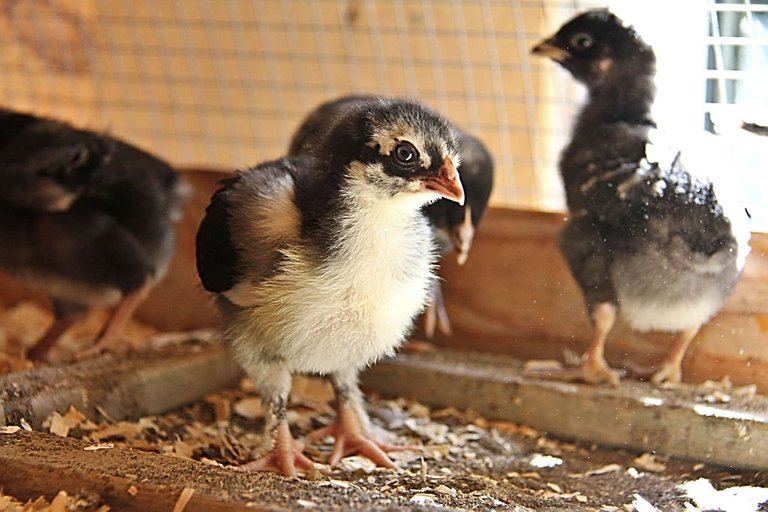
Coccidiosis
Baby chicks are most susceptible to Coccidiosis, a very common parasitic infection. Baby chicks are extremely fragile and can become stressed easily when they are being transported. They need a warm, dry environment free from damp and draft. They need good nutrition and a stress free environment. To prevent Cocci keep your brooder warm in one end, cool and the other and clean it regularly. Make sure the chicks are not stressed or overcrowded.
Medicating Chicks
Medication is a sensitive topic and it's a decision you will need to make on your own. Taking great efforts with prevention by keeping the chicks warm and happy while keeping their brooder clean is very important. The starter feed for chicks comes in both medicated and non medicated options. If you have your chicks vaccinated for Cocci do NOT feed them medicated feed. The medication in the feed nullifies the effects of the vaccination.
Moving the Youngsters to the Hen House
Depending on weather, at around 5-6 weeks old your chicks should have grown feathers (called feathering out) and can be moved to their permanent home (and out of your house!) If it is still quite cold at night you might want to wait longer. Another benefit to increasing the amount of time the chicks spend outside playing each day is that you are helping them to acclimatize to varying temperatures. It's important to still have the heater from the brooder box in the coop just in case they need it and keep an eye on any drastic weather changes over the next week as they adapt.
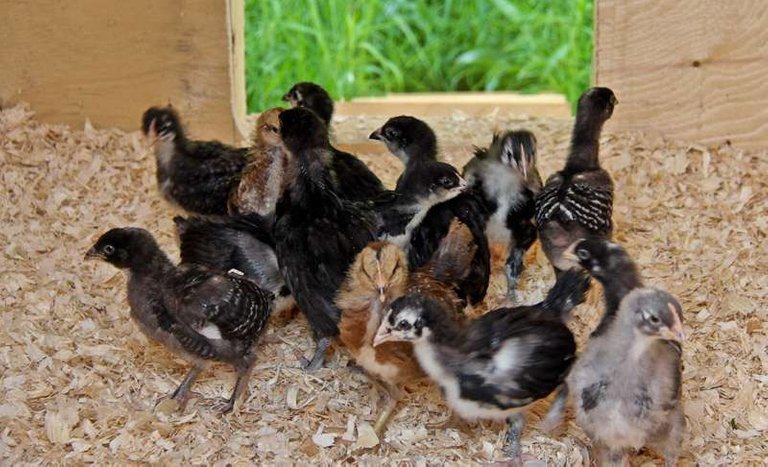
In the next post we'll cover many of the different things you should know about Hens!
This content comes from my Ebook "The Homesteader's Handbook: Raising Chickens". I've decided to give the knowledge away here on steemit where it may help those looking to get into raising chickens. This was always my intention when writing this book.
All rights reserved. Photos copyright @walkerland The information in this book is true and complete to the best of our knowledge. All recommendations are made without guarantee. The author and publisher disclaim any liability in connection with the use of this knowledge.
Building a greener, more beautiful world one seed at a time.
Homesteading | Gardening | Frugal Living | Preserving Food| From Scratch Cooking|
You can also find me at: walkerland.ca
Photo copyright: @walkerland

You got a highly informative series on raising chickens. Particularly i learnt something new:
I just read 1-5 so I can be all caught up to read part 6. Thanks so much for sharing your e-book with us. I'm finding it extremely knowledgeable, interesting and well written. .....pasty butt...never had a clue...